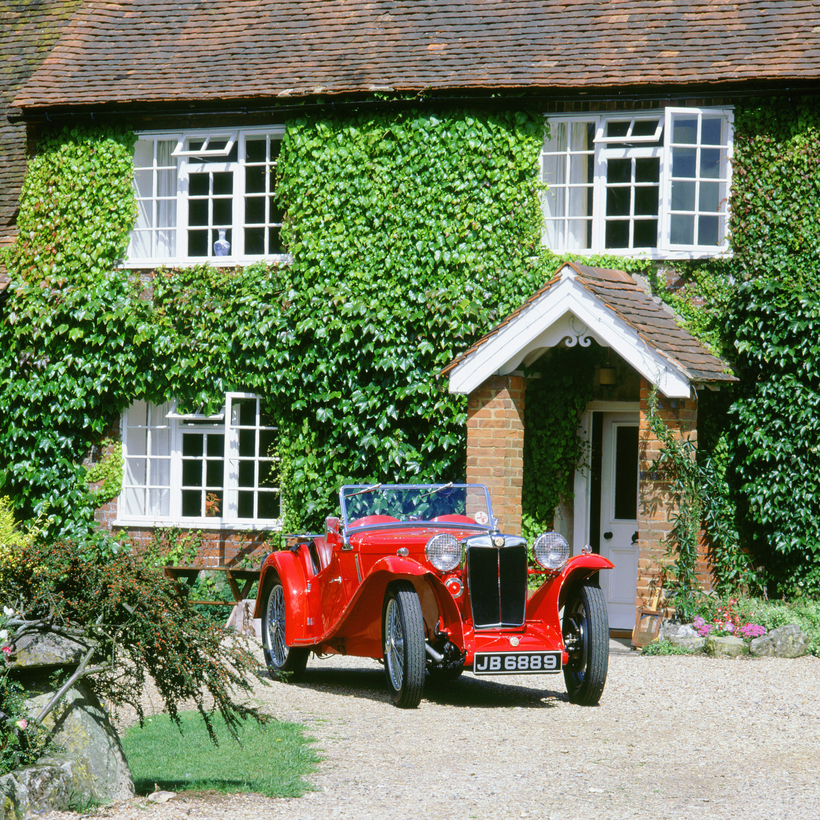When PG Wodehouse described his foppish hero Bertie Wooster waking at his aunt’s country house at Brinkley Court, his ear “detected a marked twittering of birds in the ivy outside the window”.
The fictitious owners of Brinkley Court and dozens of country houses around Britain will be delighted to learn that the ivy that clings to their walls is not merely decorous but good for regulating temperature and humidity.
The climbing plant has received the endorsement of the Royal Horticultural Society as the best to provide an architectural vest that keeps buildings cool in summer and warm in winter.
An experiment conducted by the society with the University of Reading suggested home owners should not be concerned about ivy harboring damp, as the plant reduced relative humidity on warm winter days by 5.7 per cent.
Tijana Blanusa, principal horticultural scientist for the society, conducted an experiment on a “mini-metropolis” of small brick structures designed to replicate conditions in a single-skin house. Some were left bare while others were covered with ivy (Hedera helix), Virginia creeper (Parthenocissus tricuspidata) and climbing hydrangea (Pileostegia viburnoides). The ivy scored top in tests. It reduced temperatures within the buildings by 7.2C in summer and kept them 2.2C warmer in winter.

Dr Blanusa said concerns about the damaging effects of ivy were mostly unfounded. Not only did they fight against damp, but its roots could easily be prevented from growing into mortar or crevices.
“There are fears that if it’s not managed well then it can cause quite bad damage, but I think a lot of that is just bad press,” she told The Times. “There are species that are less sticky, for example Hedera hibernica.”
In another experiment researchers successfully protected building materials by using anti-graffiti paint and blocked crevices using copper mesh and zinc plates.
The climbing plant has received the endorsement of the Royal Horticultural Society as the best to provide an architectural vest that keeps buildings cool in summer and warm in winter.
“Our research is an important step forward in growing our understanding of green walls,” Dr Blanusa said. “Many people with limited space are turning towards vertical gardening [to] green their homes or workplaces. We are encouraged by the findings that all the plants tested provide summer cooling benefits without causing humidity issues.
“The RHS has been keen to encourage new ways of gardening and the development of technically simple vertical green walls using affordable climbing plants has proved to be welcome. I hope that this research will help people decide which plants they want to grow.”
She said that ivy was most effective in winter when it was grown on walls facing north and east. She suggested that south and west-facing walls, which receive more intense sunlight, may benefit from a climber that dies back in winter because the ivy blocked warmth from “solar gain”.
On some winter days the ivy was shown to increase humidity for a few hours. “On warm days relative humidity was slightly higher than other types of cover, but that was short-lived. In a British climate the effects are minimal.”
The research, published in the journal Building and Environment, was co-authored by Faye Thomsit-Ireland, Emmanuel A Essah and Paul Hadley, of the University of Reading.
Jack Malvern is a longtime news reporter for The Times

